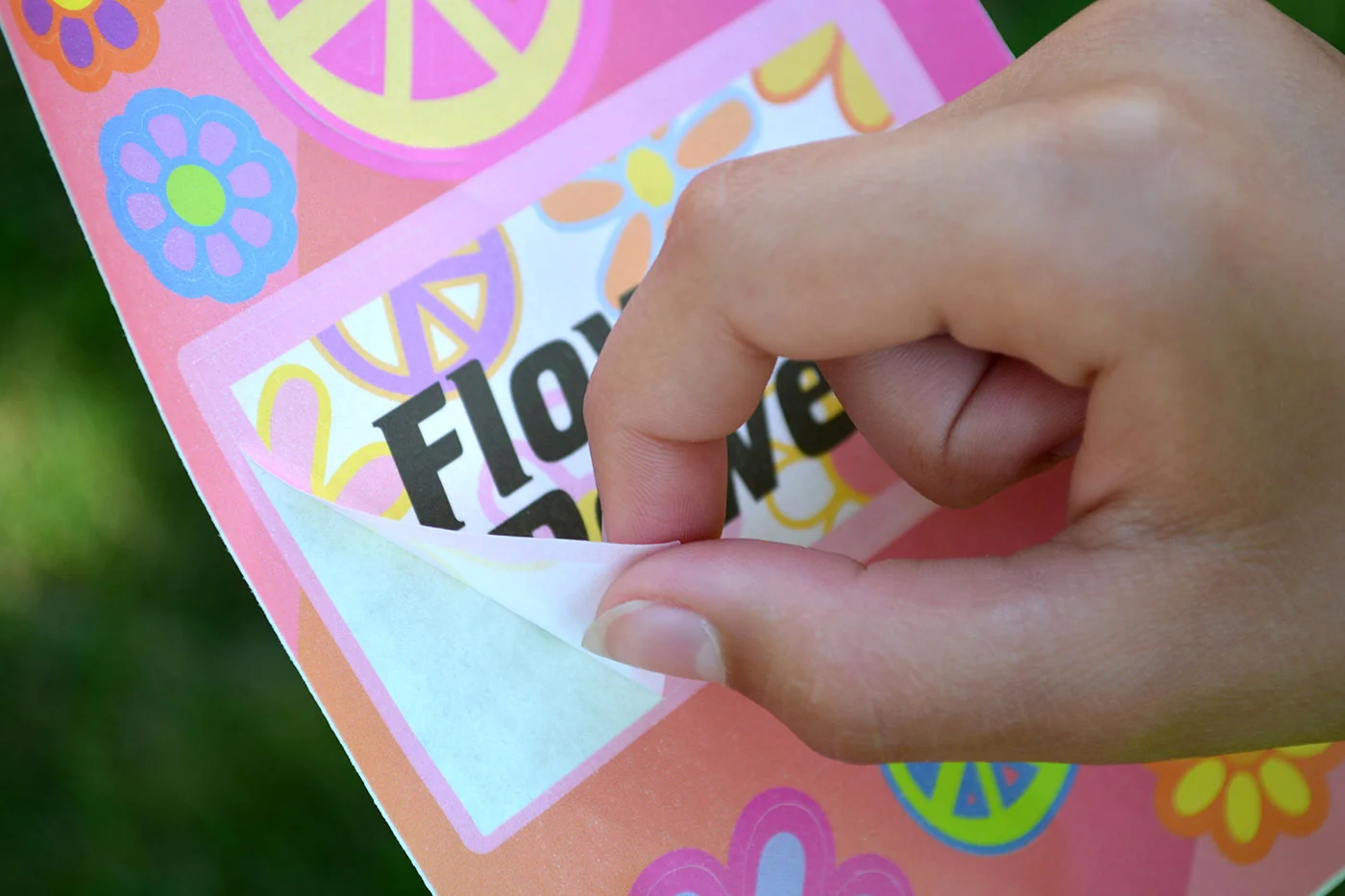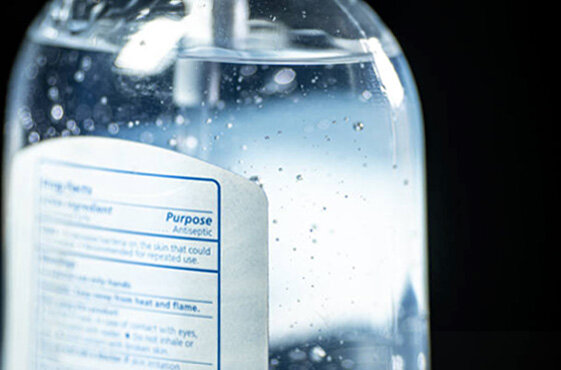A label for your alcohol product must not only stand out from competitors but also provide information necessary for consumers to make an informed decision. It must also contain product details legally required by the Alcohol and Tobacco Tax and Trade Bureau (TTB). The design and hierarchy of this information will depend on the sales channel and type of product. Keep in mind these guidelines when developing your alcohol product label.
Do Keep in Mind General Label Hierarchy Guidelines
Hierarchy is a term that explains where and how information should be placed on your label. Here is the breakdown of guidelines for your label and their importance.
Brand name. Make sure your name stands out.
Product. Keep it clear and near the brand name.
Sourcing information such as appellation designation or grain source.
Production run, vintage, or limited bottle number.
Endorsements, such as awards and signatures.
Alcohol % and TTB required information.
Don’t Assume Level of Hierarchy Based on Location
The item at the highest level of hierarchy can be located anywhere on the label. The font size, color, and visual design determine where your eye will go first. Make sure to prioritize what is most important.
RELATED ARTICLE: 5 Good Reasons to Use Pressure Sensitive Labels for Craft Beer
Do Make Your Brand Name Stand Out
You will want your brand name to stand out even if it isn’t the top level of hierarchy. Customers should be able to easily identify your brand on the product, so don’t hide it in the design or place it somewhere unexpected.
Don’t Clutter Your Label
Your label should enable your product to be easily distinguished from other brands and provide consumers with enough information to make a purchase they will be happy with. A label filled with meaningless information or a cluttered design will leave consumers frustrated and likely to choose a different product.
Do Take Into Account Your Sales Channels
If customers will purchase your product in a restaurant or bar, your label needs to catch the eye of the patron scanning the bar shelves. The size of the label and brand name must be large enough to be seen from a distance but not obtrusive.
Wine packaging information can be smaller since the customer is directly in front of the product buying it off a shelf or from a list. The label needs to contain enough information for the consumer to choose a wine that meets their expectations. Brand name placement in beer labeling needs to take into account product distribution and placement. Retail shelf space is very competitive, and your brand needs to stand out. You want it to catch your eye as you walk down the aisle.
RELATED ARTICLE: Wine Labels in the Digital Age: What You Should Know
A great alcohol label will not only make your brand stand out and will also provide the consumer with the information they need to make a purchase they will be happy with. For additional information on developing the best label design for your alcohol product, reach out to our team at Century Label. Call 800.537.9429 or contact us online today.












